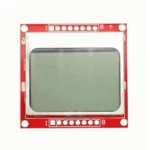
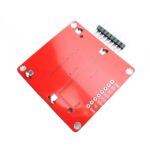

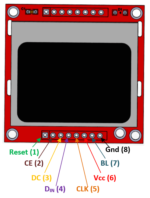

 Power Supply
Power Supply Electronic Components
Electronic Components Development Boards
Development Boards Sensors
Sensors Drone Parts
Drone Parts IoT & Wireless
IoT & Wireless E-Bike Parts
E-Bike Parts Mechanical components and workbench tools
Mechanical components and workbench tools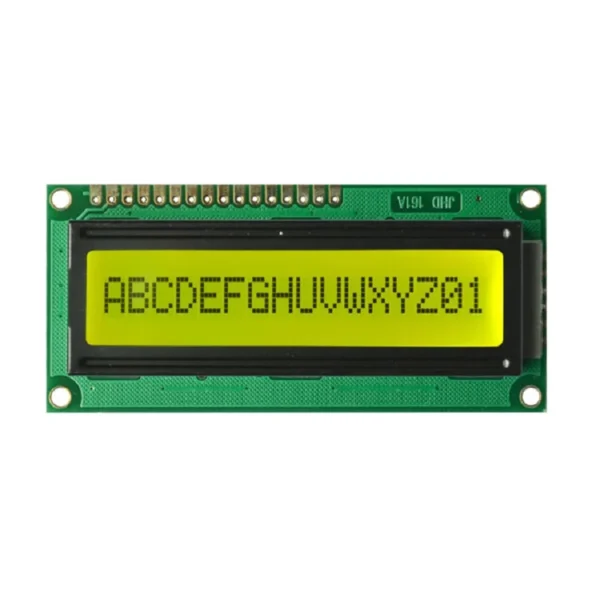
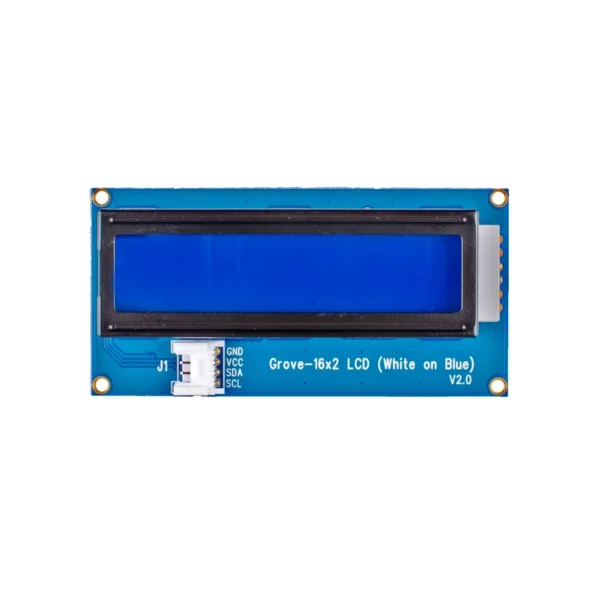





Hurry and get discounts on all Raspberry Products up to 20%
IBOTS1000
₹309.00 ₹259.00
Free
₹75 for parcels below 1 Kg and ₹100 for parcels weighing between 1 Kg to 2 Kg.
2-3 Days
₹75
₹125 for parcels below 1 Kg and ₹175 for parcels weighing between 1 Kg to 2 Kg.
2-3 Days
₹125
₹250 for parcels below 1 Kg and ₹325 for parcels weighing between 1 Kg to 2 Kg.
2-3 Days
₹250
Our courier will deliver to the specified address
2-3 Days
Rs. 99
Payment Methods:
1. Order the Product and Specify the Delivery Method
2. You Will Receive an Order Confirmation Message
3. Wait for Your Order to Arrive
4. Pick up Your Order at The Checkout Area
This product’s origins are sufficiently explained by its name. Yes, without a doubt! Older Nokia 5110/3310 cell phones used this red Nokia 5110 LCD Display Module. Hobbyists now utilise it extensively for literature, graphics, and other purposes.
This LCD panel is incredibly user-friendly despite being an industrial module. A simple graphic LCD screen with many applications is the Nokia 5110. Its original purpose was as a screen for a cell phone.
The Nokia 5110 LCD Display Module is installed on a PCB that is simple to solder. A mobile phone-specific Philips PCD8544 LCD driver powers the Nokia 5110 LCD Module.
Rich graphics and text can be displayed on the low-cost monochrome Nokia 5110 LCD Display Module, which has 84 X 48 pixels. A revision of the module that takes 5V input is this one. So, a second level shifter is not required.
It makes use of the same PCD8544 controller found in the LCD of the Nokia 3310. A low power CMOS LCD controller/driver with 48 rows and 84 columns of graphic display capability is the PCD8544. With just one chip handling all required display functions—including on-chip creation of the LCD supply and bias voltages—there are fewer external components required, and the device uses less power. A serial bus interface is used by the PCD8544 to communicate with microcontrollers.
| Pin No: | Pin Name: | Description |
| 1 | Reset | This pin resets the module. It an active low pin (resets when 0V is provided) |
| 2 | Chip Enable (CE) | This pin is made low (0V) to select this particular display when more than one SPI peripherals are used. |
| 3 | Data/Command (DC) | This pin is used to switch between Data mode (high) and Command mode (low) |
| 4 | Serial Input (DIN) | This is the input pin (MOSI) through which serial instructions are sent |
| 5 | Clock (CLK) | All SPI modules require a common clock, this clock source is supplied to this pin |
| 6 | Power (Vcc) | This pin is used to power the display the supply voltage is from 5V to 7V |
| 7 | Back Light (BL) | Connects to the ground of the circuit. |
| 8 | Ground (Gnd) | Connects to the ground of the circuit. |
Many devices that can be used with an Arduino, require a power supply of 3.3V. This is also the case with the Nokia 5110. The best way to deal with 5V devices is to take an Arduino Pro, which can run on 5V.
Thanks to the internal clamp of the PCD8544 we can use a very simple level shifter. Four current limiting resistors of 10kΩ can do the job. When an LCD control line is high, the current through the 10kΩ resistor is just 40uA, so this is harmless. Note that we can’t read back from the LCD with this circuit.
Because VDD max = 7V, the PCD8544 controller can handle 5 to 7V, but the Nokia 5110 LCD works best at 5V. The four resistors of 10kΩ avoid streaks on the LCD display. (at 7V the screen becomes somewhat black when tested)
To have full control, you just need 5 pins. And as a classic display module among open source communities, Ibots is giving you the handful related tutorials available over the Internet. So there is no need to panic even if you just got your foot in the door.
Only logged in customers who have purchased this product may leave a review.
Categories
Useful Links
Useful Links
No one rejects, dislikes.
It has survived not only.
All the Lorem Ipsum on.
All the Lorem Ipsum on.
 Power Supply
Power Supply Electronic Components
Electronic Components Development Boards
Development Boards Sensors
Sensors Drone Parts
Drone Parts IoT & Wireless
IoT & Wireless E-Bike Parts
E-Bike Parts Mechanical components and workbench tools
Mechanical components and workbench toolsNo account yet?
Create an Account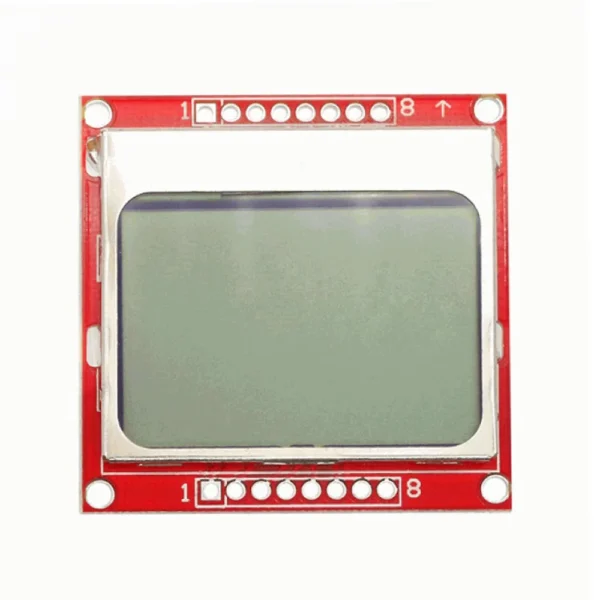
Reviews
Clear filtersThere are no reviews yet.